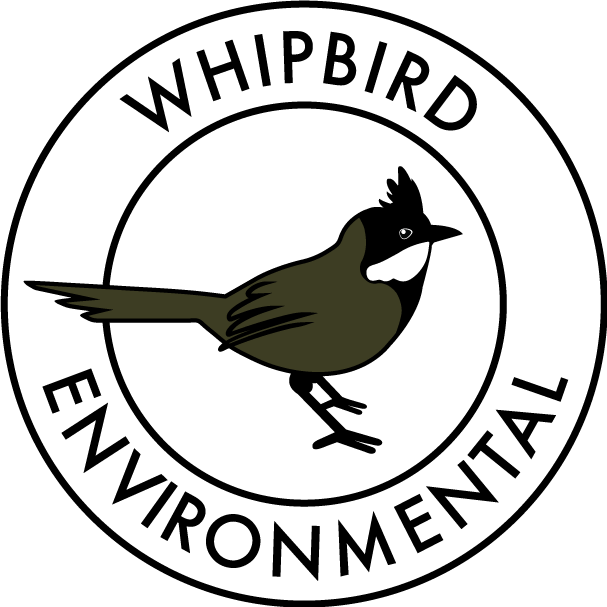Leptospermum polygalifolium (Tantoon) Australian Native Plant Profile
Description
Leptospermum polygalifolium is a small to large shrub that ranges from about 1-4m in height and up to 3m across. Leptospermum polygalifolium produces white flowers in high numbers typically from August to January. An attractive shrub that is useful in environmental plants and does well in garden situations.
Growing Conditions
Leptospermum polygalifolium occurs naturally in sandy soils and on sandstone. It can handle being planted in a range of soil types and does quite well in containers.
Habitat Value
Like many plants in the Leptospermum genus Leptospermum polygalifolium is a prolific flowerer. It creates an abundance of food for insects and birds and is an excellent seasonal food source for fauna. while also providing shelter for smaller birds in the understory.
Uses
Environmentally Leptospermum polygalifolium can be used to great effect in areas where it occurs naturally. It’s a relatively fast growing plant and is quick to produce flowers. It would be a great choice in an area with little remnant vegetation as it would be great for providing a seasonal food source for fauna.
In the garden it’s an excellent feature plant in a small area and does well in containers. It’s an excellent choice for inclusion in an informal hedge or screen and attracts many beneficial insects to the garden.
Propagation
Propagation can be done from seeds and they also strike well from cuttings. Cuttings are a great way to get plants with the same traits for the garden but seed should be used for raising stock for environmental works.
You might also like:
Banksia serrata (Old Man Banksia)
Banksia integrifolia (Coastal Banksia)
Further Reading:
https://plantnet.rbgsyd.nsw.gov.au/cgi-bin/NSWfl.pl?page=nswfl&lvl=sp&name=Leptospermum~polygalifolium
https://finder.growingillawarranatives.org/plants/plant/289

